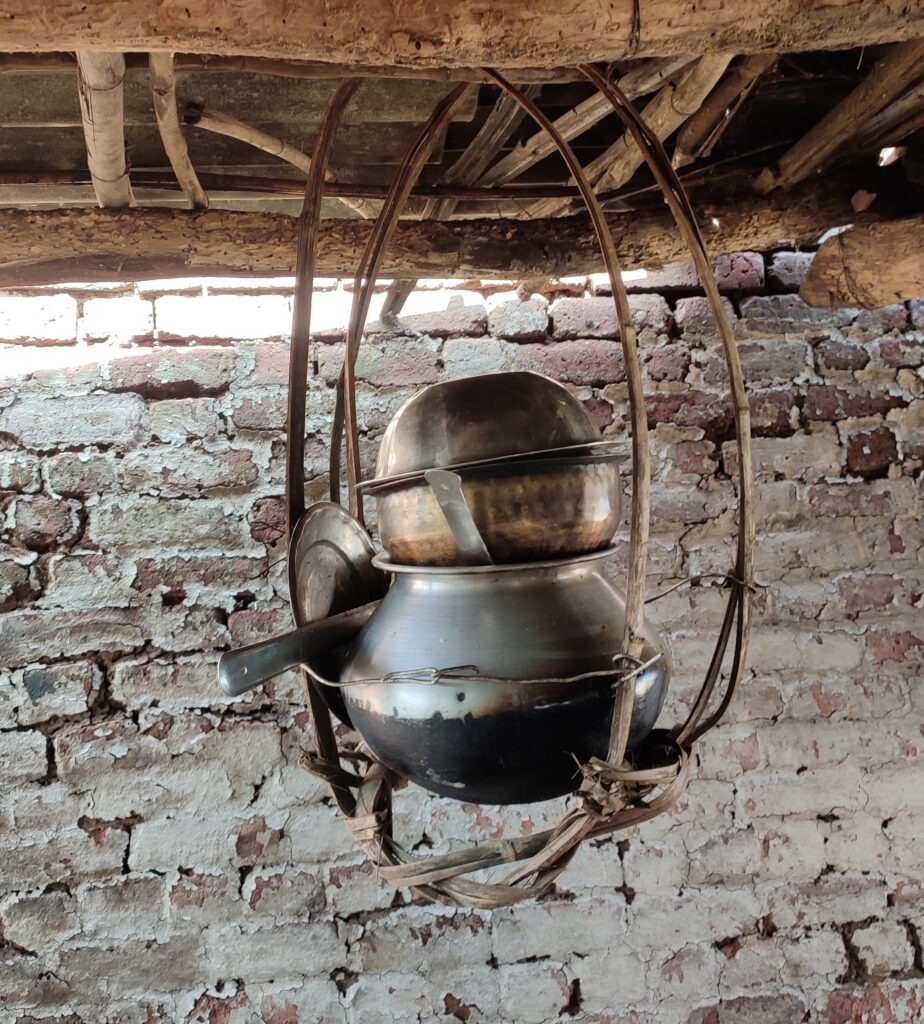At my home sits a wet mixer grinder since 25 years, manufactured by Butterfly, made in India. It still works like how it worked on day one. The outer plastic is perfect, the colour hasn’t faded, the wire has never split, and the motor hasn’t failed yet. The grinding rocks are polished once in 10 years. How can someone design a product that works for more than 25 years without much of a maintenance? How could they have such high quality standards in manufacturing?


The Mixer Grinder’s Journey in the Iyer Household
This appliance has been a part of my parents’ life much before I arrived. It costed them INR 6000 back then, a considerably high price to pay those days. Maybe that’s also a reason why they think of it as one of their most precious possessions. It can make around three litres of batter at once that would earlier last our family of six for a week. We would prepare it twice a month. Now that we are only three members in the house, it generously lasts us two weeks. Idli, Dosa and its variations are delicious, quick to make and come under the ambit of healthy snacks. For us south Indians, it’s more of a staple diet. Many from our community might say similar things in praise of the grinder and its longevity.
The feeling is mutual among the consumers of another magical product – SUMEET MIXER. Its fans are numerous and they are spread across the country since it still works magnificently in a lot of households.
How are such long lasting products a rare sight in the market nowadays? Are good quality raw material not available anymore? Has there been a change in consumer preferences in the last 25 years?
Shifts in the Ways of Production and Consumption
Mass production and eventually, mass consumption has been the result of the industrial revolution. In the centuries following this revolution, human demographics drastically changed in terms of their needs and wants all around the world. Some of this can be attributed to change in income, socio-cultural status due to mass migration, political environment, lifestyle trends, education level, and occupation. This has resulted in multiplication and diversification of consumers’ tastes and preferences when purchasing necessity as well as luxury goods.
The efficiency with which a business functions is based on its understanding level of consumer demographics and preferences. This is relevant in the case of durable goods like electronic items, furniture, books, clothes, shoes and so on. People consume some goods for comfort and some to fulfil basic needs.
One may want the goods to last longer and hence, there may be a higher willingness to spend more money on it. On the other hand, one may not have a high budget and thus, may go for a similar product that costs less. Conceptualising and designing products for both kinds of consumers is the principle with which the manufacturing industry functions.

Modern History of Manufacturing
How do the durable goods from older times last for so long? I think the need of a product changes according to what the consumer is thinking while buying it. In 1700s, the population started increasing drastically. Production at a large scale was the need to reduce the accessibility gap between rich and poor. BAM! Industrial Revolution.
In the 20th century, capitalism emerged as a frontrunner. There was a sudden rise in the choice and quantity of goods available at the one’s doorstep. Plastic was the most favoured choice of raw material. The concept of ‘malls’ gained momentum with their main target being the middle and high income class. Products were designed and marketed in such a way that the consumer purchases in bulk. Product placement became a prominent element in sales.
There have been many improvements and upgradation in technology, design thinking, consumer behaviour and raw material in the last two decades. Population has increased along with consumption. Innovations in supply chain management have accelerated the movement of goods across borders and decreased costs of production. Known as ‘Fast Fashion’ (originated in the fashion industry), in this trend, every two to three months, new designs of the same product are introduced. This makes one want to own the latest stuff, thanks to FOMO (Feeling Of Missing Out). This makes older items obsolete within just a few months or years of manufacturing.
“You never change things by fighting the existing reality. You build a new model that makes the existing model obsolete.”
— R. Buckminster Fuller
In the last year or so, this fast fashion trend has been under the scrutiny by environmentalists since it is stuffing the landfills. A sustainable fashion industry is already in talks and hopefully, will be introduced soon.
Thus…
As an economist, it is important to consider consumers’ location and livelihoods. In India, it is evident that the changing manufacturing trends cater only to the population earning decent and regular income, living in tier 1 and tier 2 cities. Mass production is still in practice and has increased manifold.
In tier 3 cities, smaller towns and villages, people prefer products that will last them long. They cannot afford to give in to this continuous change in the way a product functions and lasts. They prefer a long term relationship with a mixer grinder or a washing machine or a fan wanting it to be worth every penny they pay.
As I write this sitting at my room in Anuppur, Madhya Pradesh far from my home in Pune, Maharashtra, I miss the noise of the grinder on Sundays. It used to wake me up groggily from my well deserved until-late-morning sleep. The annoyance would immediately dissolves as I’d come to my senses and think about the scrumptious breakfast I’ll get to have.
*Names and location hidden to maintain confidentiality




When I zoom out and think about fast fashion, It is illogical and should not work…but it does!(╯°□°)╯︵ ┻━┻.
I am missing dosa!